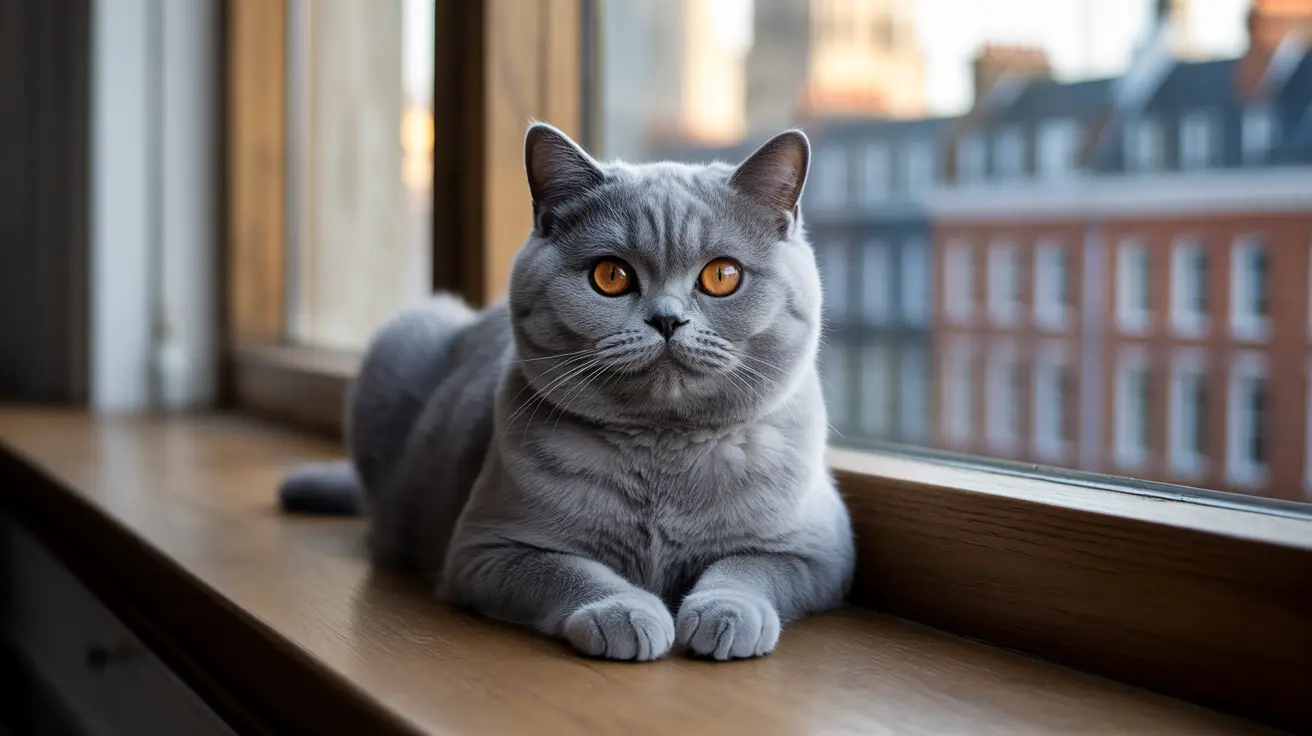Cat eye colors are one of the most fascinating features of our feline friends. From striking blue to deep copper, the range of possible hues is both beautiful and scientifically intriguing. Whether you're a cat owner, breeder, or simply curious about feline genetics, understanding cat eye colors reveals fascinating insights into feline biology and evolution.
In this comprehensive guide, we'll explore the science behind cat eye colors, how they develop, and what different eye colors can tell us about our feline companions. We'll also examine the genetic factors that influence these striking features and discuss some surprising connections between eye color and cat health.
The Science Behind Cat Eye Colors
The color of a cat's eyes is determined by the amount and type of melanin (pigment) present in the iris. This complex genetic process begins before birth but doesn't reach its final form until several weeks after a kitten opens its eyes.
All kittens are born with blue eyes, regardless of what their adult eye color will eventually become. This temporary blue coloration occurs because melanin production hasn't yet begun in the iris. As kittens mature, melanin gradually develops, leading to their final eye color by around 6-8 weeks of age.
Common Cat Eye Colors and Their Genetics
Blue Eyes
Blue-eyed cats result from a lack of melanin in the iris. This striking feature is common in Siamese, Ragdoll, and Birman breeds, often linked to the same genetic factors that create their distinctive point coloration. Some white cats also have blue eyes, though this combination requires careful health monitoring due to potential connections with congenital deafness.
Green Eyes
Green eyes occur when cats have a moderate amount of melanin combined with a substance called lipochrome. This combination is particularly common in Russian Blue cats and creates various shades ranging from pale mint to deep emerald.
Gold and Copper Eyes
These rich, warm colors result from high concentrations of melanin in the iris. Breeds like the Bombay and British Shorthair often display these deep, dramatic eye colors, which can range from bright golden to intense copper.
Unusual Eye Color Variations
Heterochromia (Odd-Eyes)
Some cats have two different colored eyes, a condition known as heterochromia. This striking feature is most common in white cats and certain breeds like the Turkish Van and Turkish Angora. While usually harmless, it can sometimes indicate underlying genetic factors that merit veterinary attention.
Color Changes and Health Implications
While adult cats' eye colors are generally stable, any sudden changes in eye color can signal health issues. Inflammation, injury, or certain diseases can affect eye color and should be evaluated by a veterinarian promptly.
Breed-Specific Eye Colors
Different cat breeds often have characteristic eye colors that complement their coat colors. For example, Siamese cats are known for their striking blue eyes, while Persian cats typically have large, copper-colored eyes. These breed-specific traits result from careful selective breeding over many generations.
Frequently Asked Questions
Why are all kittens born with blue eyes, and how does their eye color change as they grow?
Kittens are born with blue eyes because their irises lack melanin. As they develop, melanin production begins, gradually changing their eye color over the first 6-8 weeks of life until reaching their permanent adult color.
What genetic factors determine the different eye colors in cats, such as green, gold, or copper?
Eye color is determined by the amount and type of melanin in the iris, controlled by multiple genes. Higher melanin levels produce darker colors like copper and gold, while moderate levels combined with lipochrome create green eyes.
Is there a link between blue or odd-colored eyes and health issues like deafness in cats?
White cats with blue eyes have a higher risk of congenital deafness due to genetic factors affecting both pigmentation and inner ear development. This connection is particularly strong in cats with one blue eye and one eye of another color.
Why do some cats have heterochromia, with two different colored eyes, and is it hereditary?
Heterochromia can be inherited or result from developmental factors affecting melanin distribution. It's most common in white cats and certain breeds, often linked to the white spotting gene.
How do certain cat breeds influence the likelihood of specific eye colors, like the blue eyes of Siamese or the green eyes of Russian Blue?
Specific breeds have been selectively bred for certain eye colors that complement their coat colors. These traits are inherited through dedicated breeding programs that maintain these distinctive characteristics.
Conclusion
Cat eye colors represent a fascinating intersection of genetics, development, and breed history. Understanding these variations helps us appreciate the complexity of feline genetics while providing valuable insights into our cats' health and heritage. Whether you're admiring your cat's golden gaze or considering a new feline friend, knowing the science behind their eye color adds another layer of appreciation for these remarkable animals.






